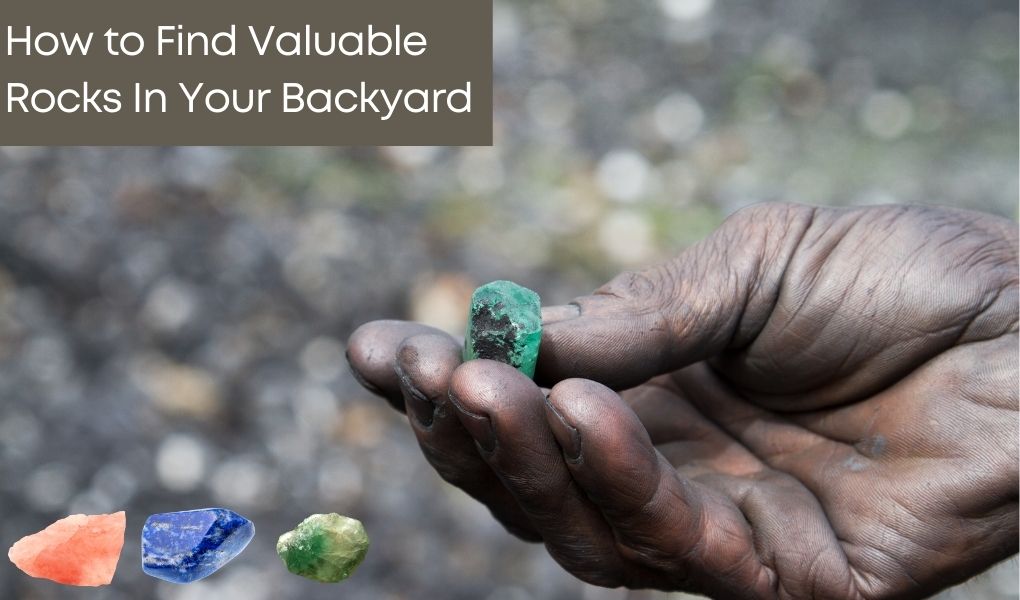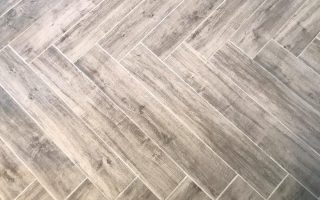Imagine the thrill of discovering a valuable rock in your own backyard. It’s like finding a hidden treasure that nature has been hiding right under your nose. Whether you’re a seasoned rockhound or a curious beginner, finding valuable rocks can be a fun and rewarding hobby. This guide will help you get started on your rockhounding adventure, offering expert advice and practical tips for finding those precious gems and minerals.
The Basics of Rockhounding
Rockhounding, or the hobby of collecting rocks and minerals, is a great way to connect with nature and discover the hidden beauty of the earth. Before you start, it’s important to understand the basics:
Know Your Rocks
Understanding the different types of rocks and minerals is the first step in becoming a successful rockhound. There are three main types of rocks:
- Igneous Rocks: Formed from cooled magma or lava, examples include granite and basalt.
- Sedimentary Rocks: Created from the accumulation of sediment, examples include sandstone and limestone.
- Metamorphic Rocks: Formed from existing rocks that have been changed by heat and pressure, examples include marble and slate.
Garret Romaine, a geologist and author, captures the excitement of rockhounding perfectly: “The thrill of finding a valuable rock in your own backyard is unbeatable. It’s a reminder that nature’s treasures are all around us” (Source: Romaine, Garret. Rockhounding Idaho).
I remember the first time I found a beautiful quartz crystal in my backyard. I was digging around an old tree stump, and there it was, sparkling in the sunlight. That discovery sparked my interest in rockhounding and taught me that valuable finds can be just beneath the surface.
Tools of the Trade
Having the right tools can make a big difference in your rockhounding experience. Here are some essentials:
- Rock Hammer: Useful for breaking rocks open.
- Chisel: Helps in extracting rocks from tight spaces.
- Gloves: Protect your hands from sharp edges.
- Safety Goggles: Protect your eyes from flying debris.
- Field Guide: Helps in identifying different types of rocks and minerals.
- Bucket or Backpack: For carrying your finds.
- Magnifying Glass: For close inspection of your discoveries.
R.V. Dietrich, a geologist and author, advises: “To find valuable rocks, you need to know what to look for and where to look. Do your research, get a good field guide, and don’t be afraid to get your hands dirty” (Source: Dietrich, R.V. Rocks and Minerals).
Where to Look
Finding valuable rocks often comes down to knowing where to look. Here are some tips for exploring your backyard:
Start with the Surface
Begin by examining the surface of your backyard. Look for unusual rocks that stand out from the rest. Areas around old tree roots, garden beds, and pathways can be good starting points.
Dig Deeper
Sometimes, valuable rocks are hidden beneath the surface. Use your rock hammer and chisel to carefully dig into the ground. Pay attention to areas with exposed soil or rock formations.
Check Near Water Sources
If you have a stream, pond, or drainage ditch in your backyard, these can be prime locations for finding rocks that have been naturally polished and shaped by water.
John Sinkankas, a gemologist and author, shares a valuable tip: “The most valuable rocks are often the ones that are the most beautiful. But beauty is in the eye of the beholder, so don’t be afraid to follow your own instincts” (Source: Sinkankas, John. Gemstone & Mineral Data Book).
Identifying Your Finds
Once you’ve collected some rocks, the next step is to identify them. This is where your field guide and magnifying glass come in handy. Look for distinctive features such as color, texture, and crystal structure.
Common Valuable Rocks
- Quartz: Clear or colored, often found in clusters.
- Amethyst: Purple variety of quartz, valued for its color.
- Agate: Banded and colorful, often used in jewelry.
- Jasper: Opaque and colorful, commonly found in sedimentary environments.
- Garnet: Typically red, but can come in other colors.
One summer, I found a striking red rock in a dry creek bed behind my house. After some research and comparison with my field guide, I realized it was a piece of jasper. The discovery was not only exciting but also deepened my appreciation for the diverse geology of my backyard.
The Importance of Patience and Respect
Rockhounding requires patience. It may take time to find a valuable rock, but persistence pays off. Respect the environment by filling in any holes you dig and taking only what you need.
Dan R. Lynch, a geologist and author, emphasizes the need for patience: “Patience is key when rockhounding. It may take some time to find that perfect specimen, but the reward is worth it” (Source: Lynch, Dan R. Rockhounding Arizona).
Kevin Conroy, a gemologist, adds: “Always respect the environment when rockhounding. Leave the area as you found it, and only take what you need” (Source: Conroy, Kevin. Rockhounding New England).
Scientific Support
Geological Survey of India (GSI)
The GSI publishes reports and maps on the geology and mineral resources of India, which can be helpful in identifying potential rockhounding sites (Source: Geological Survey of India).
Mineralogical Society of India (MSI)
The MSI is a professional organization for mineralogists and gemologists in India. They offer resources and publications on Indian minerals and gemstones (Source: Mineralogical Society of India).
ResearchGate
ResearchGate is a social networking site for scientists and researchers. You can find a variety of studies on geology, mineralogy, and gemology on this site (Source: ResearchGate).
The Mineralogical Record
The Mineralogical Record is a peer-reviewed journal that publishes articles on minerals and gemstones from around the world (Source: The Mineralogical Record).
Gems & Gemology
Gems & Gemology is a quarterly journal published by the Gemological Institute of America (GIA). It features articles on gemstone identification, treatment, and market trends (Source: Gems & Gemology).
Conclusion
Rockhounding in your backyard can be a rewarding and educational experience. By understanding the basics of geology, using the right tools, and knowing where to look, you can uncover valuable rocks and minerals just a few steps from your door. Remember to be patient, respect the environment, and enjoy the thrill of discovery.
References
- Romaine, Garret. Rockhounding Idaho.
- Dietrich, R.V. Rocks and Minerals.
- Sinkankas, John. Gemstone & Mineral Data Book.
- Lynch, Dan R. Rockhounding Arizona.
- Conroy, Kevin. Rockhounding New England.
- Geological Survey of India (GSI)
- Mineralogical Society of India (MSI)
- ResearchGate
- The Mineralogical Record
- Gems & Gemology
Earth is home to countless valuable rocks. The thrill of discovering these treasures right in your backyard can be exhilarating. Whether you’re a seasoned collector or just starting, your backyard can yield beautiful gemstones like opal, jade, topaz, quartz, and many more.
Even if they’re not as rare as diamonds, these stones can still be worth a significant amount and be a great addition to your collection.






